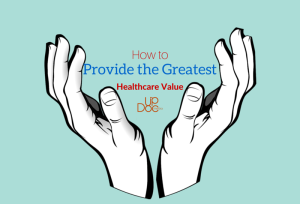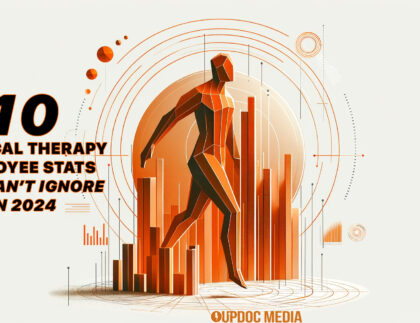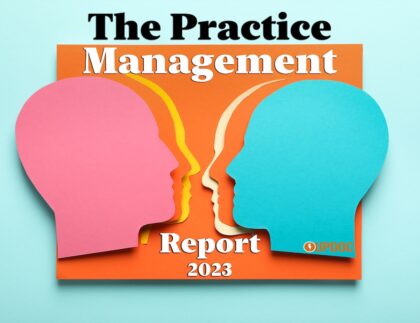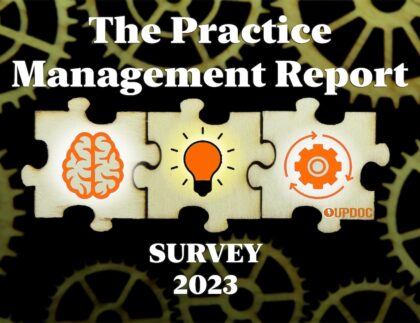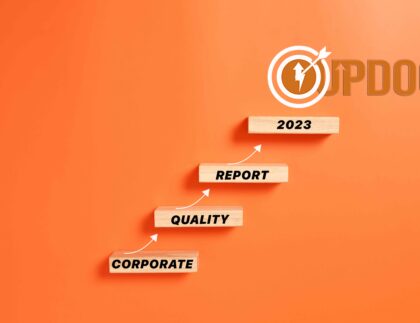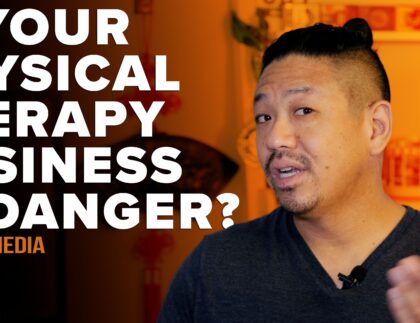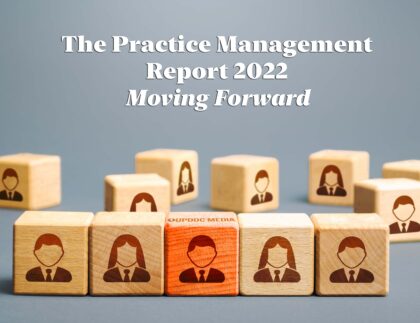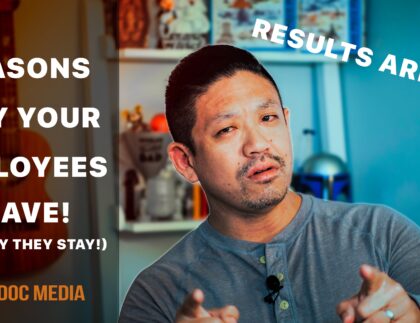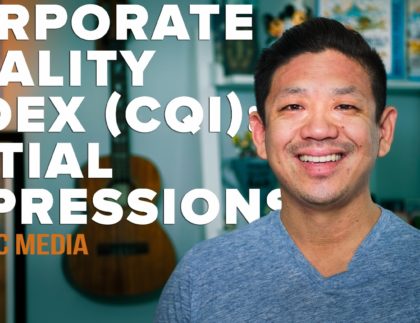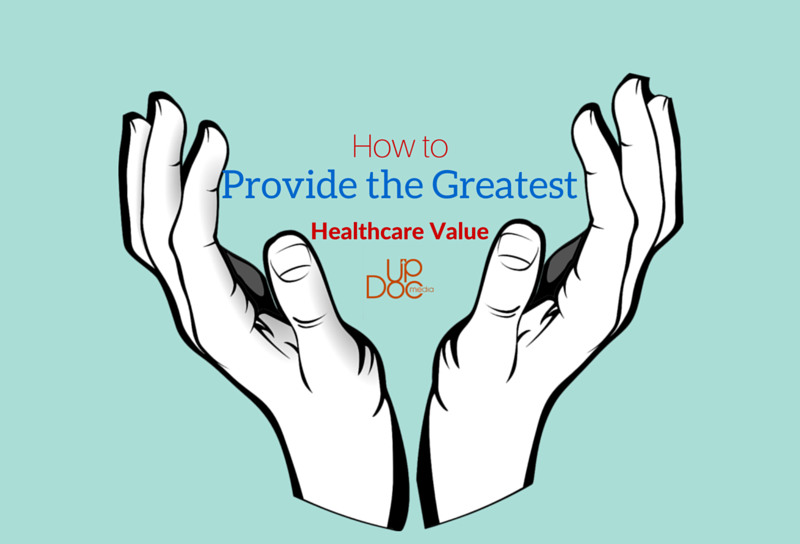
Today’s guest post comes by none other than Mike “The Scruffy Looking Nerfherder” Eisenhart, from the the UpDoc Media production “Star Wars Physical Therapy!” 😉
Mike is a huge advocate for the physical therapy profession and is one of the few with a clear vision on where physical therapy should aim to be in the bigger scheme of healthcare. The post you’re about to read is as enlightening as it is inspiring. And, what it should inspire you to do is to re-examine your role in physical therapy as market needs shift from “the health” versus “the care” in healthcare.
So, without further ado… Take it away, Mike!
Physical Therapy in the Big Picture of Healthcare
It’s Time To Bring the VALUE
Value. Ah yes, the “V” word as I’ve come to call it… a concept that is getting a lot of play as we take a hard look into the mirror and wonder what our seat at the table might look like (or if there’ll even be one) in the coming years. Now, I’m probably wrong — I often am; and I’m probably going to sound crazy — I almost always do; but in the simplest terms, the question of value hinges on personal context.
If you define value as “money”, that is, the question “how can PTs add the greatest value in healthcare?” in your mind it translates to “how can PTs make the greatest amount of money in healthcare?” the answer is probably to build some kind of business enterprise (whether that’s a gadget that goes direct to consumer or a block of clinics that can be “valued”), and then, sell it. Healthcare is a massive market and with an ever sicker and quickly aging population, there are plenty of problems to solve. The mergers, acquisitions and other flow of private equity into the physical therapy marketplace is a clear indicator of exactly how much value creation appears to exist.
However if in the “V” question you hear something a bit more nuanced than dollars and cents, such as “how can PTs have the greatest impact in the marketplace (at a fair profit of course)?” then the answer too is nuanced. Dollars and cents alone cannot define success in this context, and value created is about solving the biggest problem possible for the largest number of folks at a fair profit.
That may sound super high level….it is….but that is the essence of value and before the “V” question could possibly be answered, we have to decide if success is primarily being measured by dollars and cents or if it’s being measured by impact. What’s especially interesting to me is that, for a short window (because of the sheer size and scale of the problem) it looks like PTs can win in both areas if we get organized and mobilized, but it has to happen soon……like yesterday.
4 Themes
Some themes that illuminate the opportunity:
- There are not many “healthy people” left: Almost ALL Americans, including (as sad as it may be) the very young are either at “significant risk” or currently have at least one chronic disease. That’s a few hundred million people who have room for improvement. Heart disease, the number one killer for both men and women claims +/- 600,000 lives per year– a statistic that is considered to be as much as 80% preventable.
- The incentives to change outweigh the incentives to stay the same: After decades of being a largely ignored, out of control spending and system-wide change have forced healthcare stakeholders to come up with a sustainable solution. Conceptually, this means we (all of us) must develop systems/environments/care-approaches that lower the risk (i.e. keep people healthier, longer) AND lower the amount of sick-care required all while improving the end-user’s experience.
- Simple is not the same as easy: No matter how many times we try to make it about a pill or supplement or gadget, research continues to tell us that a healthy lifestyle (i.e. cardiorespiratory fitness, consumption of primarily high quality foods, managing stress and keeping exposure to known toxicity like tobacco products) can essentially solve the problem.
- A single “go-to” profession does not currently exist: Healthy lifestyle is not easy to pull off in most American towns and cities. Not only does it require consistent effort to exercise, find/cook healthy foods, etc, it also requires significant education (“health literacy”) of how to avoid traps associated with tricky labeling, understand proper dosing schedule of lifestyle interventions (depending on any one person’s unique risk picture) and interpret reasonable progress to manage expectations and stay motivated to attain mastery. There is not a single profession gets all the components of healthy lifestyle in school. Not dietetics (nutrition), not medicine (disease management), not psychology/social work (behavior change & coaching) and not physical therapy (movement & exercise). All of these professions should play a role since each core area is critical, but to ensure the best customer experience, where gaps in care are minimized and continuity is maximized, it’s best for each to have enough knowledge in all of the other core subject areas.
With all of this in mind, to me the answer is simple — the greatest long-term value for ANY professional who works in healthcare is now more in facilitating HEALTH (best version of ourselves) than it’s ever been and equally now less in “care” (number of procedures a professional might squeeze out in a day) than it’s ever been.
Visualize the stages…and the gaps
If visualizations help, check out this “back of the napkin” type graphic — meaning I didn’t dig deep for the actual numbers — but it’s close enough to have the conversation….which I’m willing to do ANY time.
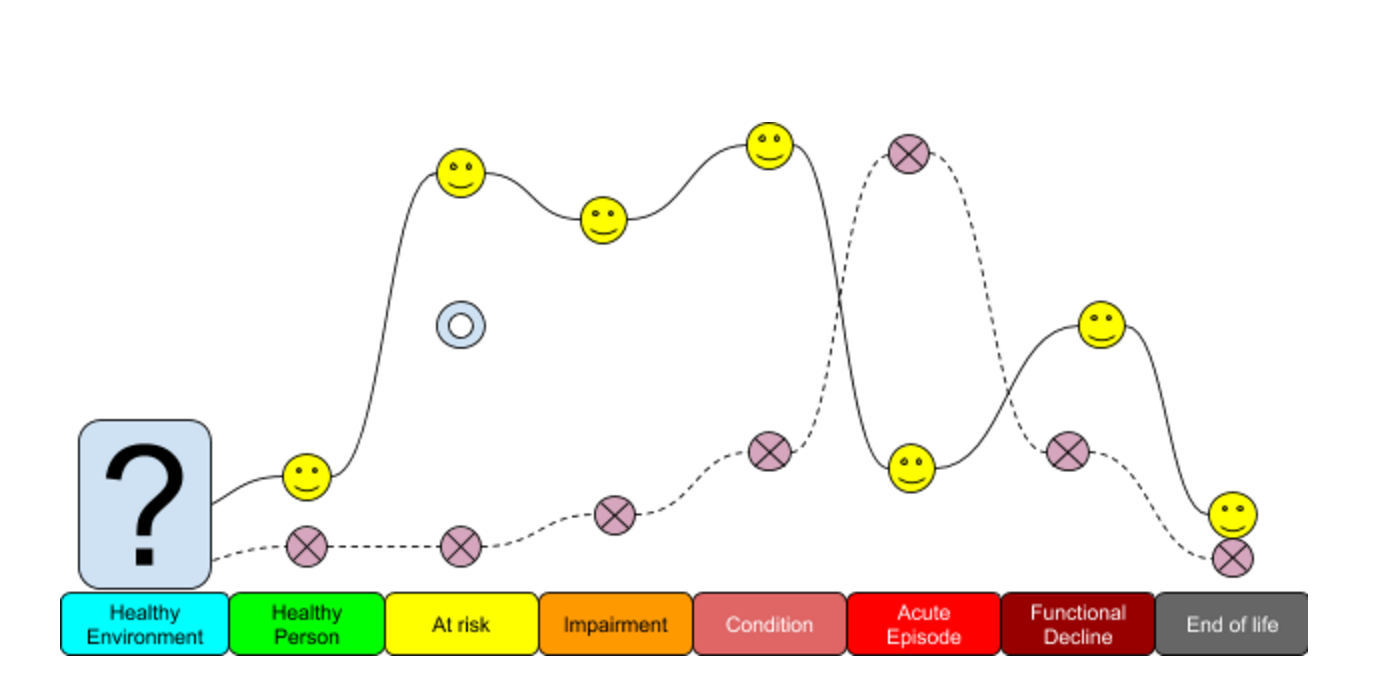
First consider health, as plotted across a spectrum in a staged way from “health” to “end of life”.
After the extreme left “healthy environments” where effort is placed on creating an environment where it’s far more likely to grow up healthy than not, comes “health” as in: the complete state of physical, mental and social well-being and not merely the absence of disease or infirmity (WHO).
Following health we might use labels like “at risk” and “impairment” to mark out the person who isn’t sick per se, but definitely isn’t healthy by the WHO definition either.
After those, we have to account for the group of folks who have a “condition” (or multiple conditions) but are generally stable — they have a disease by definition (like stable hypertension or obesity) but are not experiencing an acute episode and also haven’t had any major decline that suggests they are nearing the terminal end of their conditions.
The next stage might be the folks who are experiencing an “acute episode” but expected to make a significant (if not full) recovery to their prior level of function.
Finally, we get to the sick end of the spectrum, those who are functionally declining (i.e. not expected to make a full return), followed by the final “end of life” stage.
Now, if we consider the market size in each of those stages….which, since every person is a “health consumer” when we consider health and not just disease, literally means the number of people in each stage (smiley faces) as compared to the number of professionals (x-out circles) who are currently serving those people and we can see some pretty clear mismatches.
Although I do believe there is real need in creating healthy environments (and some areas of America where this work is badly needed), I don’t know enough about it to comment, so I’ve left it as a question mark. My hope in doing is to acknowledge that it is a critical health-stage (sometimes called “primordial prevention”), but that far more exploration is needed before I’m comfortable commenting.
At the next stage, there is a relative balance. Although there are only a few professionals who work exclusively in the area of “keeping healthy people healthy”, there are also only a relative few individuals who are truly “healthy” (i.e. not at risk) to begin with. I believe this is one of the reasons why despite lots of dollars and cents “value” generated, the fitness industry is largely absent of actual health impact (the other “value”). This is not a bash on the few trainers who are at the top of the game or the many who want to get there….rather it is point out in a very clear way that despite BILLIONS being spent by customers, commercially available fitness endeavors are largely doomed to failure because of a tactical mismatch — they are trying to help unhealthy people (i.e. any stage that isn’t “health” which is most Americans) with tactics that are meant for healthy people. Very difficult.
At the next few stages there exists massive imbalance, aka OPPORTUNITY FOR VALUE CREATION. Millions of people “at risk” and very few professionals working as a specialist in this stage. Now, to be fair, as mentioned above, there are many people trying to work in this stage (blue doughnut = fitness folks), but given the risks, they are largely under-qualified to achieve success. Any professional that can move into and monetize this space has a very deep well of customers waiting. This is not to say picking up and moving into this space will be easy for professionals. Like it or not, most are not well trained in dealing with people this early in the spectrum. The signs/symptoms are different. The dosages are different. Reasonable progress is different. Although to many it may seem an “unholy alliance”….this is where health professionals and fitness folks need to come together. Both groups have assets to leverage, both groups have knowledge gaps and the market is HUGE.
At the “condition” stage, which can be thought of as the far end of “prevention” the mismatch (opportunity) continues to exist for health professionals and appears to diminish for fitness folks. There are many Americans who are in this stage and the numbers are poised to grow. When we consider the rates of hypertension, obesity, hyperlipidemia and diabetes in the context of many many new consumers of healthcare entering the market with insurance mandates (meaning they will receive diagnostic labels), there are literally millions of people that will flood in this stage. Notice these are not typical “diseases” that PTs treat….but then again, we are not necessarily treating these conditions. Rather these conditions get better as a benefit of us treating the movement system, which is almost always at-risk/impaired along with these conditions.
The “acute episode” stage is where (IMO) the mismatch goes the other way…..too many providers and not as much need. It’s where most providers spend their time and have specialty and if we really stop to think about it in terms of the entire population, it’s a small (and if things go according to plan, shrinking) segment of the market. There may be millions in this segment….but there are hundreds of millions overall. Again, in my opinion, despite great evidence showing our value here….we need less providers moving into this space than the other, earlier spaces.
Nearing the end, we get into functional decline. When there is a clear and steady drop-off in quality of life due to chronic conditions. This is not just aging…..but rather the predictable decline associated with long-term toll of chronic disease. Although this may be the last 10 or 20 years of life for most Americans, it is hardly “normal” aging when we consider the far less prolonged decline seen in other (healthier) cultures, but it is no less real and no less important. Unfortunately, if we don’t get it right on the left side of the “acute episode” soon, this will be a growing market….something NO ONE wants.
Finally, we get to end-of-life, the last stage, terminal decline. Although not a stage I’m super knowledgeable about, my experience is that this stage is near balanced, with a likely need for additional providers, but not a major mismatch. This stage, like every stage, requires a highly specialized skill set and a unique blend of traditional physical therapy skills and other, perhaps softer, skills.
And so…!
And so, despite what appears to be a diminishing opportunity in “care”, there is a huge and growing opportunity in health, especially for professionals who can detect, communicate and ultimately lower risk.
And so, despite what will require a shift and perhaps even an outright pivot toward an updated way of “doing things” for many physical therapists (especially those who are locked into a “treatment pays the bills” mindset) the opportunity exists.
And so, as a profession we need to come together with an organized approach to filling the societal need, solving the problem and capitalizing on the opportunity.
And so, I have decided to DO something.
Free the Yoke
To literally put PTs in a lead role in the health-movement. To do whatever I can to help PTs band-together to look to the left of the spectrum and to help our communities loosen the yoke and get free from the burden of chronic disease. I’m calling it “Free The Yoke” and it is quite literally a social movement about human movement (as it relates to preventing, managing and CURING the chronic disease epidemic). It’s also an attempt at a world record that will put PTs in the spotlight if we can get some momentum.
It’s a simple concept really, a multi-thousand mile bike (or other) ride across the US. From PT clinic to PT, in clinic in 50 mile segments we will raise awareness and funds as well as create a storyline for PTs in the role of prevention and risk management of disease rather than only management during acute episodes.
For any clinic that signs-on to be a part of it, we will support you with content and materials in recruiting your community to get involved and help you to become an advocate for health through fitness (or bolster your current efforts). We will help you with information that is aimed at the left side of the spectrum in hopes to have you start building (or adding to) your “pre acute episode” (i.e. disease-prevention) offerings. As you recruit riders and/or secure some level of local support, we can raise enough money to get some PR for our professional role in health (instead of just care) and the very real full value of PT….because if we’re going to create value in the gaps and spaces, we need to start yesterday…..all of us. It won’t be easy, but it CAN be done.
Post a comment on this blog, send me a tweet and get involved at www.freetheyoke.com
-Mike Eisenhart, PT
Mike Eisenhart is a Physical Therapist and the Managing Partner of Pro-Activity Associates (www.pro-activity.com) in NJ, a business dedicated to a mission of “Stronger, Happier People through Better Health”. Mike is also the current President of the NJ Chapter of the American Physical Therapy Association and a speaker/writer/presenter. For other rants and musings check him out at MikeEisenhart.com or on Twitter (@MikeEisenhart).
